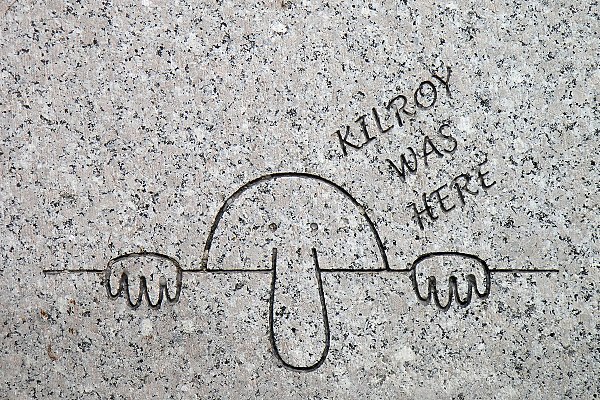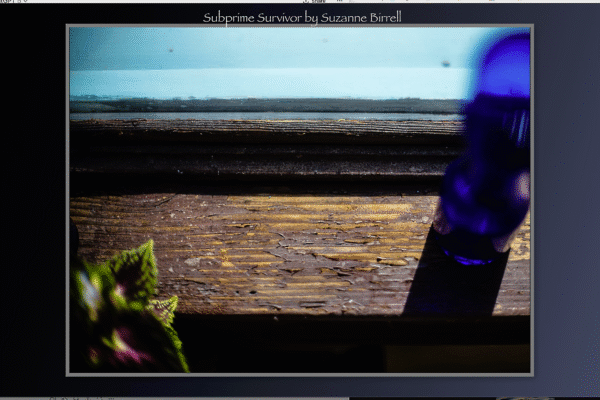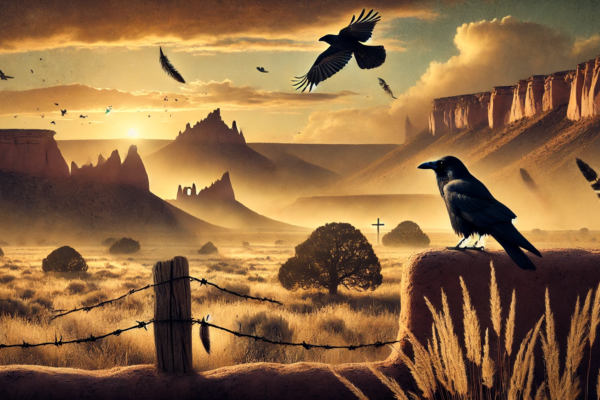
Booking A Photo Workshop?
So You’re Thinking About a Photo Workshop?
A photography workshop can be a spectacular adventure. You step out of your daily grind, land in a bucket-list destination, make new friends who speak your language (f-stops and framing), and—if you’re lucky—leave with not just better photos, but a deeper understanding of your own artistic voice.
But don’t confuse it with a vacation. Real photography workshops are work. Rewarding, intense, often exhausting work. Learning to see—truly see—isn’t a skill you pick up between piña coladas. It’s a discipline. A lifelong one.
And in today’s overcrowded workshop market, it’s harder than ever to find the real thing.
The Workshop Landscape: Beauty or Beast?
Once upon a time, photography workshops were run by master photographers who knew how to teach as well as shoot. Now? Scroll Instagram for ten seconds and you’ll find everyone and their influencer cousin offering “photo tours” to exotic locales—with little more than a drone and a dream.
These aren’t always workshops. Some are thinly disguised vacation packages with a camera thrown in. Others are led by big-name photographers who don’t teach, don’t care, or don’t even show up beyond a welcome dinner.
So how do you separate the meaningful from the marketing?
Ask Yourself: Am I Inspired?
Look at the instructor’s portfolio. Not just the promo shots on the workshop website—their actual body of work. Does it move you? Challenge you? Make you want to pick up your camera right now and create?
If their photos don’t stir something in you, move on.
And here’s a red flag: If the sample images aren’t even by the instructor, run—don’t walk.
Dig deeper. Visit their website. Check their Instagram. Look for consistency, originality, and a visual voice you want to learn from.
Remember: not every great photographer is a great teacher, and not every teacher is right for you.
How Big Is Too Big?
Workshop size matters. A lot.
The sweet spot? 1–4 participants if you want serious instruction. Up to 12 is okay for location-driven tours, especially if camaraderie and group energy are part of the draw.
But beware of crowds. More people means more shutters clicking, more elbowing for the same angle, and less 1-on-1 time with the instructor. When everyone’s shooting the same thing at the same time from the same place, what’s the point?
Is It Really a Photography Workshop—or Just a Tour With a Camera?
Too many “photo tours” are cookie-cutter travel itineraries with a photographer slapped on. No shift in schedule to chase golden light. No thought to timing, local customs, or visual storytelling.
You don’t want a workshop that treats photography as a side dish. You want one built around it.
Sunrise means being out before the sun. Sunset doesn’t end with dinner reservations. A real workshop is designed with intention—when and where to be, how the light hits that old cathedral at 6:42 a.m., what lens to use for that alleyway shadow play.
If the itinerary isn’t flexible enough to follow the light, it’s not a workshop. It’s a bus tour with better luggage.
Can They Actually Teach?
Being a brilliant photographer doesn’t mean being a brilliant instructor.
Some workshop leaders are passionate mentors. Others are aloof artists just collecting a paycheck. You want someone who’s not just willing but eager to teach—and good at it.
Ask around. Read reviews. Email past attendees. Contact the organizer directly with your questions. Pay attention to how they answer. That conversation may be the clearest preview of your experience.
Is the Schedule Set in Stone?
Photography doesn’t follow a rigid itinerary. The light shifts. The village market erupts into life at an unexpected moment. A dancer appears in the plaza with perfect poise and timing.
If your group’s racing off to the next stop because of a lunch reservation, you just lost the shot of the day.
Flexibility matters. A good photo workshop knows when to bend the schedule for magic.
How Deep Do You Want to Go?
Workshops range from laid-back travel-with-a-camera outings to full-on photography boot camps. Some are a few hours of casual shooting. Others involve daily critiques, homework assignments, lectures, flash technique sessions, even darkroom work.
Are you chasing adventure? Culture? Comfort? You’ll need to know your limits—physical, creative, and otherwise.
Can you hike with gear in the highlands of Oaxaca? Will rustic lodgings fuel your creative soul—or drain it?
Know Your Edge
Everyone thinks they’re an adventurer… until the altitude kicks in. Until the hike gets steep. Until the tripod starts to feel like an anchor.
Be honest with yourself. Not every workshop is for every photographer. And that’s okay. There’s no shame in knowing your threshold. There’s only regret in exceeding it for the wrong reasons.
Growth comes from pushing your edge, not diving off it.
The Takeaway: Know Before You Go
Photography is a lifelong study. Workshops can be a major catalyst, a turning point, even a transformation. But only if you choose wisely.
Ask:
-
Does this instructor inspire me?
-
Is this really a workshop—or a tourist trap?
-
How many people will be there?
-
Is the schedule designed around great light—or group meals?
-
Do I want immersion or just instruction?
You’re not just booking a trip. You’re investing in your vision. Your art. Your journey.
Make it count.






